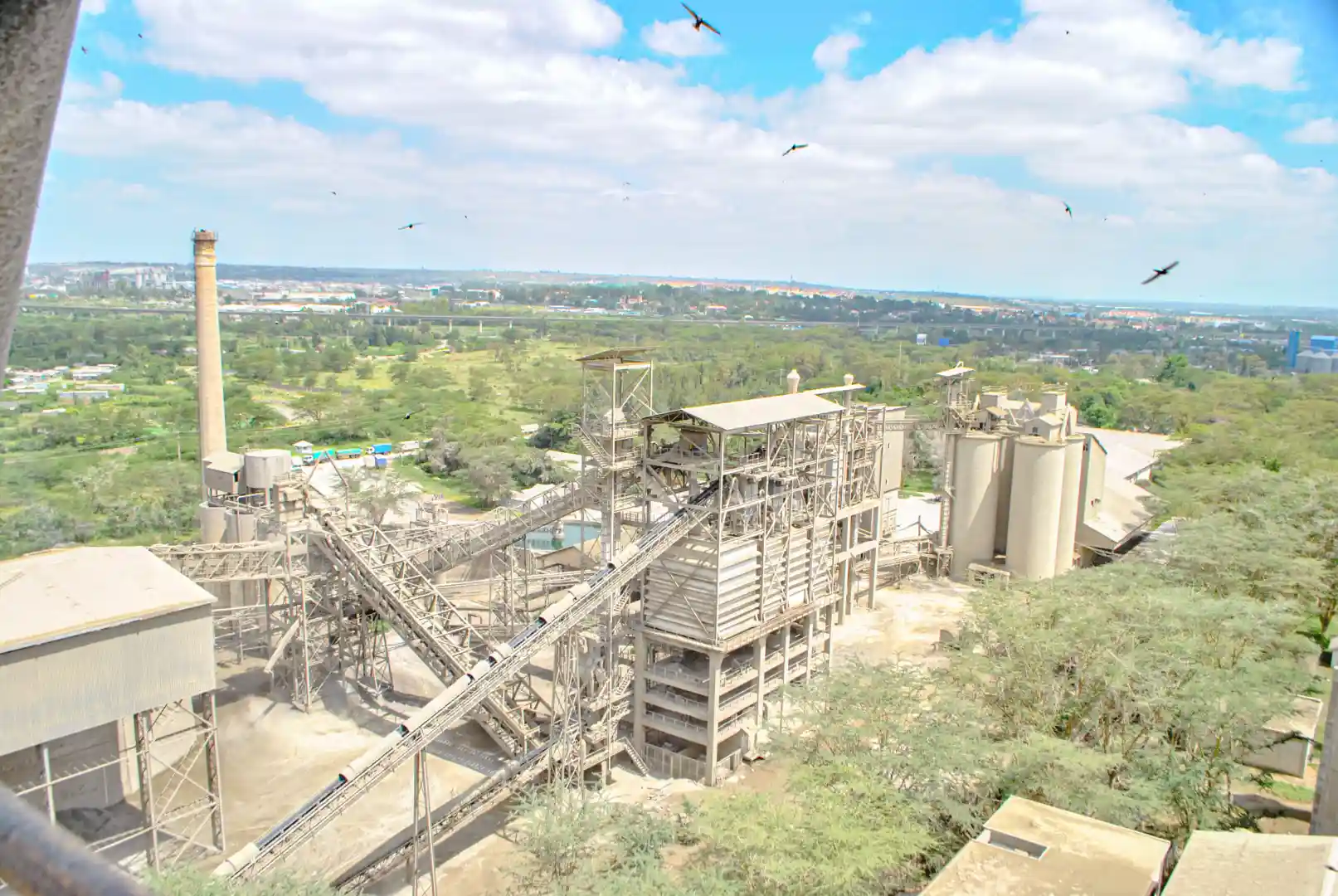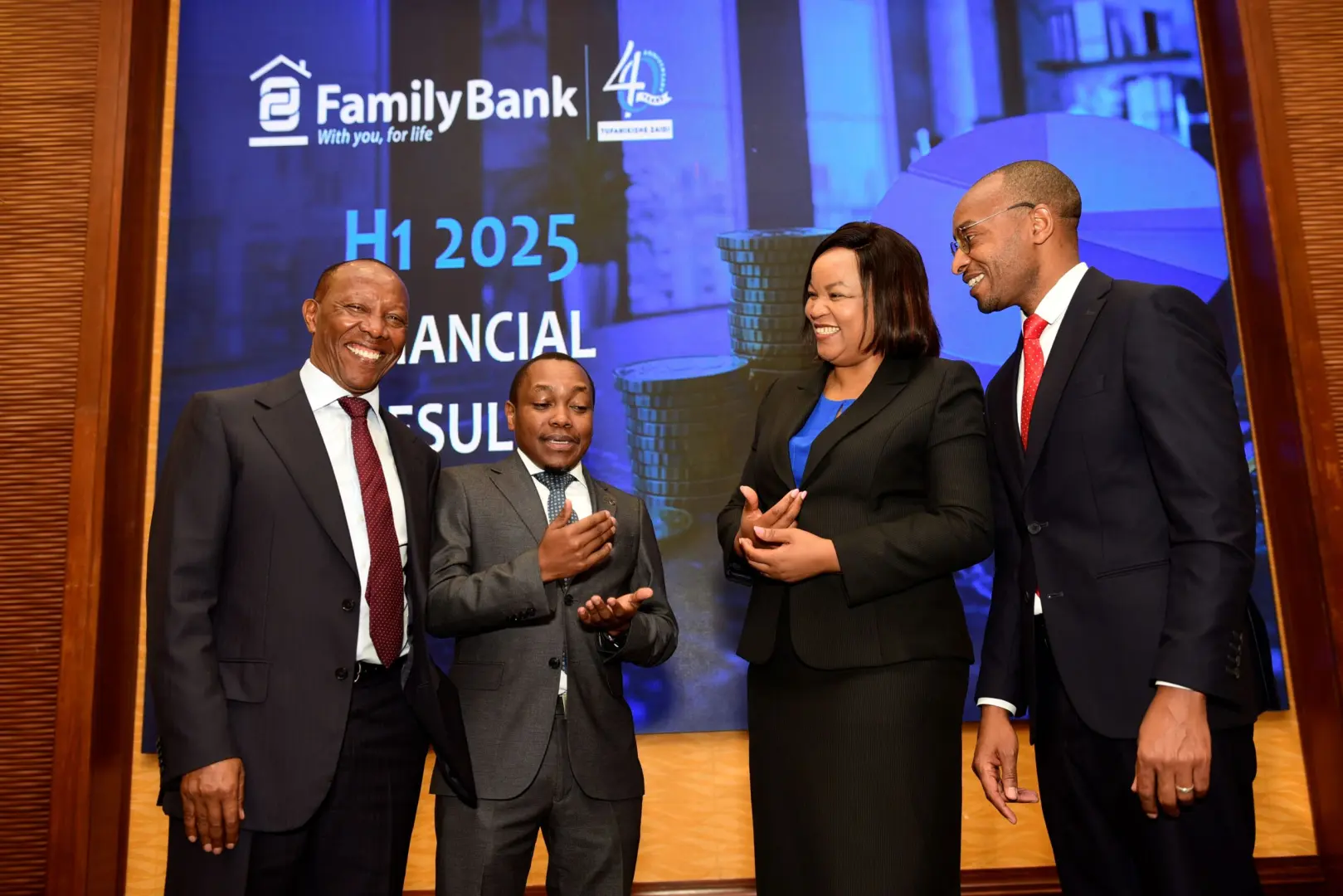The Kenya Power and Lighting Company (KPLC) has recorded a historic peak in electricity demand, reaching 2,316 megawatts (MW) on Wednesday, February 12, 2025. This milestone marks a steady rise in power consumption, driven by industrial growth, infrastructure expansion, and increasing household connections.
According to KPLC’s National Control Centre, peak electricity demand has been on an upward trajectory for the last three years. The demand first exceeded the 2,000 MW threshold in late 2021, peaked at 2,100 MW in 2022, and maintained an average demand of 2,200 MW throughout 2023. The trend picked up momentum in mid-2024, accelerating significantly within a shorter time frame than previous years.
Kenya Power Managing Director Joseph Siror highlighted the rapid acceleration in demand growth, noting that peak electricity consumption has increased by over 116 MW since June 2024.
He stated that it took nearly two years for peak demand to grow by 200 MW. However, since June last year, peak demand has grown by over 116 MW in just eight months, translating to an average growth rate of 14.5 MW per month.
This rapid growth in electricity demand signals Kenya’s expanding economy, increased industrial activities, and rising electrification efforts.
Key Drivers of Increased Electricity Consumption in Kenya
Several factors have contributed to the surge in electricity consumption across the country.
Grid Expansion and Network Stabilization Projects
KPLC attributes the growth in electricity demand to significant investments in stabilizing Kenya’s National Grid. The Kenya Electricity Transmission Company (KETRACO) has played a crucial role in strengthening transmission infrastructure, including:
- Completion of the Kimuka 220/66kV substation, which supports power supply to Nairobi and surrounding counties. Four 66kV feeder lines enhance electricity distribution in these areas.
- Construction of the 33kV double circuit interconnector between Narok and Bomet, reinforcing power supply redundancy and ensuring stability.
- Nationwide network reinforcement projects, which enhance power transmission efficiency and prevent system overloads.
According to Kenya Power, the company has connected over 198,535 new customers to the national grid in the last six months. With improved grid stability and various connectivity projects in place, electricity demand is expected to continue growing in the short and medium term.
Rising Industrial and Commercial Energy Demand
Kenya’s manufacturing sector, construction industry, and digital economy have been expanding rapidly, increasing electricity consumption. Key industries driving demand include:
- Manufacturing: Large-scale production facilities require a constant power supply for operations.
- Construction: Urbanization and major infrastructure projects, such as the Nairobi Expressway and the LAPSSET Corridor, have led to higher energy consumption.
- Digital and IT Services: The rise of data centers and fintech operations has spiked energy needs, with companies investing in server farms and cloud computing infrastructure.
The government’s push for industrialization under the Kenya Vision 2030 blueprint has resulted in increased energy consumption, especially in Special Economic Zones (SEZs) and industrial parks.
Rapid Electrification and New Connections
Kenya Power continues aggressive rural electrification programs, leading to a surge in new consumer connections.
- Last Mile Connectivity Project:
- Phases IV and V (donor-funded) aim to connect 289,121 new customers to the national grid.
- Focuses on rural electrification and low-income households.
- Government-backed Electrification Programs:
- Expansion of power lines to underserved areas.
- Increased subsidies for affordable electricity access.
These efforts align with Kenya’s goal of achieving universal electricity access by 2030.
Expansion of Renewable Energy and Sustainable Solutions
Kenya has been making major investments in renewable energy, which has helped increase electricity supply capacity while reducing reliance on fossil fuels. The country is recognized as a global leader in geothermal, wind, and solar energy production.
- Geothermal Energy: Kenya generates over 40% of its electricity from geothermal sources, making it the leading producer in Africa. Expansion projects in Olkaria are expected to increase capacity by 140 MW in 2025.
- Wind Power: The Lake Turkana Wind Power Project, with a capacity of 310 MW, has contributed significantly to the grid, reducing reliance on thermal power.
- Solar Power: Kenya is investing in large-scale solar farms in Garissa and other regions to boost clean energy capacity.
By diversifying its energy sources, Kenya is enhancing grid stability and reducing electricity costs for consumers.
Kenya Power’s Initiatives for Future Growth
To sustain and manage the growing electricity demand, Kenya Power is implementing various projects, including:
- Expansion of Electric Vehicle (EV) Charging Infrastructure
- In April 2024, Kenya Power announced a Ksh. 258 million investment over three years to promote the adoption of electric vehicles and motorbikes.
- The investment includes setting up charging stations across major cities and acquiring electric vehicles for company operations.
- Kenya aims to reduce dependence on fossil fuels by transitioning public transport and private vehicles to electric power.
- Promotion of Electric Cooking
- Kenya Power is encouraging households to switch to electric cooking appliances, reducing reliance on charcoal and LPG gas.
- This shift is expected to increase electricity consumption while contributing to environmental conservation.
- Upgrading Transmission and Distribution Networks
- Ongoing modernization efforts aim to reduce power losses and improve supply efficiency.
- Smart grid technologies are being introduced to monitor and manage electricity distribution in real-time.
Challenges and Risks in Meeting Growing Demand
While Kenya’s electricity demand continues to grow, there are potential risks and challenges that need to be addressed.
Power Supply and Capacity Constraints
Despite the increase in demand, Kenya’s firm electricity generation capacity stands at 2,344 gigawatt hours (GWh), leaving a very small margin for additional load. This could lead to power shortages and reliability concerns if not addressed through capacity expansion.
- Need for More Power Generation Investments: The government and private sector must invest in new power plants to prevent future energy deficits.
- Infrastructure Maintenance: Upgrading existing power lines, substations, and transmission systems is crucial to avoiding breakdowns and blackouts.
High Cost of Electricity
Kenya’s electricity tariffs remain high compared to other African nations, affecting industrial competitiveness. Efforts to lower power costs include:
- Expanding cheaper renewable energy sources.
- Renegotiating costly power purchase agreements (PPAs) with independent power producers.
- Reducing system losses through infrastructure improvements.
Climate Change and Renewable Energy Integration
Extreme weather patterns, such as droughts affecting hydropower production, could strain electricity supply. Kenya must diversify its energy mix and invest in climate-resilient infrastructure to mitigate these risks.
Conclusion
Kenya’s record electricity demand of 2,316 MW reflects rapid economic growth, increased industrialization, and expanded electricity access. While investments in grid stabilization and renewable energy are helping meet demand, challenges such as power capacity constraints and high costs remain.
To sustain this growth, Kenya Power and the government must continue investing in power generation, expanding renewable energy, and modernizing transmission infrastructure. With the right policies and strategies, Kenya is on track to achieve universal electricity access and become a leader in sustainable energy development.
Ready to take your career to the next level? Join our dynamic courses: ACCA, HESI A2, ATI TEAS 7 , HESI EXIT , NCLEX – RN and NCLEX – PN, Financial Literacy!🌟 Dive into a world of opportunities and empower yourself for success. Explore more at Serrari Ed and start your exciting journey today! ✨
photo source: Google
By: Montel Kamau
Serrari Financial Analyst
18th February, 2025
Article, Financial and News Disclaimer
The Value of a Financial Advisor
While this article offers valuable insights, it is essential to recognize that personal finance can be highly complex and unique to each individual. A financial advisor provides professional expertise and personalized guidance to help you make well-informed decisions tailored to your specific circumstances and goals.
Beyond offering knowledge, a financial advisor serves as a trusted partner to help you stay disciplined, avoid common pitfalls, and remain focused on your long-term objectives. Their perspective and experience can complement your own efforts, enhancing your financial well-being and ensuring a more confident approach to managing your finances.
Disclaimer: This article is for informational purposes only and does not constitute financial advice. Readers are encouraged to consult a licensed financial advisor to obtain guidance specific to their financial situation.
Article and News Disclaimer
The information provided on www.serrarigroup.com is for general informational purposes only. While we strive to keep the information up to date and accurate, we make no representations or warranties of any kind, express or implied, about the completeness, accuracy, reliability, suitability, or availability with respect to the website or the information, products, services, or related graphics contained on the website for any purpose. Any reliance you place on such information is therefore strictly at your own risk.
www.serrarigroup.com is not responsible for any errors or omissions, or for the results obtained from the use of this information. All information on the website is provided on an as-is basis, with no guarantee of completeness, accuracy, timeliness, or of the results obtained from the use of this information, and without warranty of any kind, express or implied, including but not limited to warranties of performance, merchantability, and fitness for a particular purpose.
In no event will www.serrarigroup.com be liable to you or anyone else for any decision made or action taken in reliance on the information provided on the website or for any consequential, special, or similar damages, even if advised of the possibility of such damages.
The articles, news, and information presented on www.serrarigroup.com reflect the opinions of the respective authors and contributors and do not necessarily represent the views of the website or its management. Any views or opinions expressed are solely those of the individual authors and do not represent the website's views or opinions as a whole.
The content on www.serrarigroup.com may include links to external websites, which are provided for convenience and informational purposes only. We have no control over the nature, content, and availability of those sites. The inclusion of any links does not necessarily imply a recommendation or endorsement of the views expressed within them.
Every effort is made to keep the website up and running smoothly. However, www.serrarigroup.com takes no responsibility for, and will not be liable for, the website being temporarily unavailable due to technical issues beyond our control.
Please note that laws, regulations, and information can change rapidly, and we advise you to conduct further research and seek professional advice when necessary.
By using www.serrarigroup.com, you agree to this disclaimer and its terms. If you do not agree with this disclaimer, please do not use the website.
www.serrarigroup.com, reserves the right to update, modify, or remove any part of this disclaimer without prior notice. It is your responsibility to review this disclaimer periodically for changes.
Serrari Group 2025












